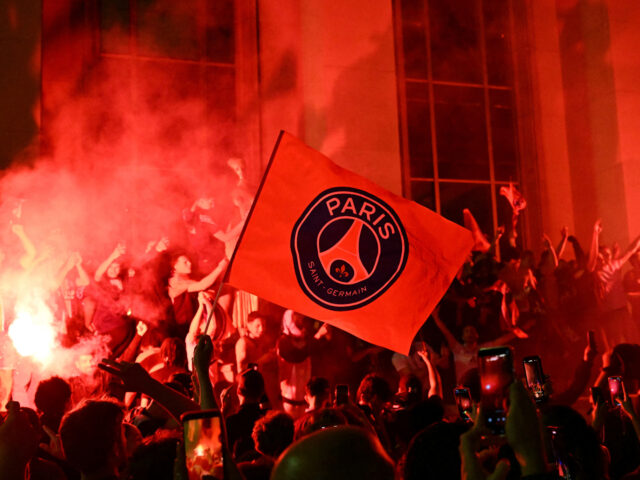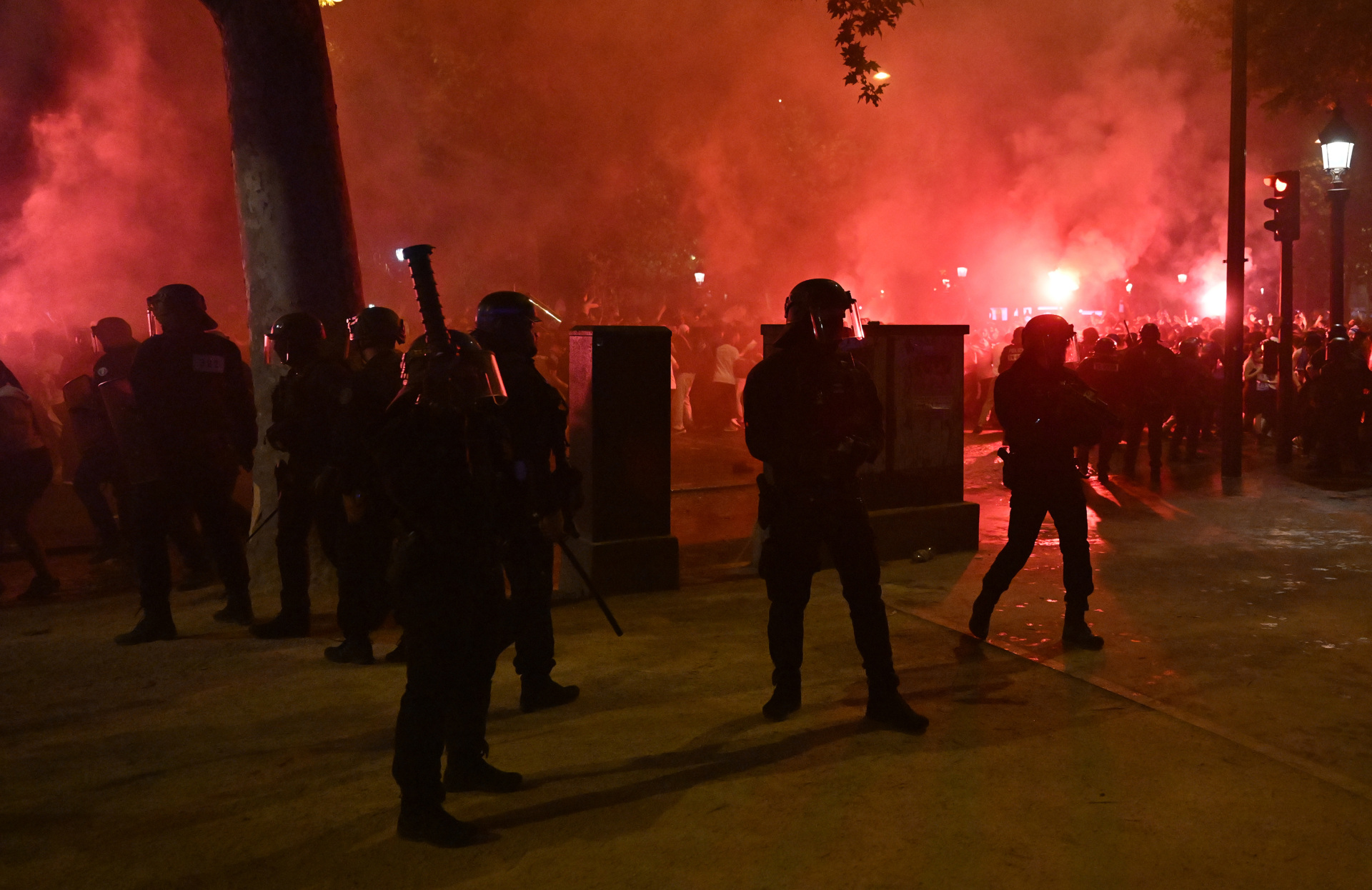By David Catron May 25, 2025
For a sense of how desperate the opponents of President Trump have become, consider the rallying cry issued by Hillary Clinton to her fellow travelers last Friday: “I want you to talk to two people — friends, neighbors, cookout attendees — about why Trump’s proposed budget would be a disaster for American kids.” Now, imagine yourself sitting down to enjoy a hotdog and a beer in the warm spring weather only to be accosted by your progressive brother-in-law who insists on boring the bejabbers out of you with a rote recitation of talking points thoughtfully provided by HRC.
It’s difficult to imagine a better strategy for chasing more “normies” away from the Democratic Party, which is already hemorrhaging voters by the millions. That Clinton actually thinks sending pushy progressives out to harass their friends and neighbors is a useful tactic for killing the “Big Beautiful Bill Act” is indicative of how clueless she and the rest of the Democrats are about how dramatically the political landscape has changed during the last decade. Not long after the 2024 general election, Ruy Teixeira wrote an insightful essay at the Liberal Patriot in an attempt to wake the Democrats up to the political realities they face:
As Democrats dig out from their debacle, it’s important for them to understand just how far away they now are from the salad days of the Obama coalition. In 12 short years, they have lost two of three elections to Donald Trump and huge chunks of support from key demographics, including most of their rising constituencies … It’s time for a new coalitional strategy — a strategy that starts with rebuilding their support among working-class Americans of all races and forcefully jettisoning all the political baggage that is preventing them from doing so.
The Democrats have, thus far, failed to heed his advice. They continue to ignore concrete problems that working class voters of all races care about — high inflation, illegal immigration, violent crime and the poor quality of public education. Instead, they have focused on nebulous progressive issues like “systemic” racism, income inequality, health inequity, and environmental injustice. By prioritizing such nonsense and going all in with “the resistance,” the Democrats ingratiated themselves with the denizens of the faculty lounge but lost millions of ordinary voters. And Trump’s job approval rating is once again climbing.
Indeed, in an unusually candid New York Times article, Shane Goldmacher describes how the President has reordered the political landscape both geographically and demographically: “Trump has increased the Republican Party’s share of the presidential vote in each election he’s been on the ballot in close to half the counties in America … not just in white working-class communities but also in counties with sizable Black and Hispanic populations.” Republican pollster Patrick Ruffini predicted this political reordering in his 2023 book, Party of the People, and offers a stark microcosm of the realignment in the Atlantic:
Along the banks of the Rio Grande River lies Starr County, Texas, a key to understanding the political realignment that sent Donald Trump back to the White House. Both the most Hispanic county in the nation and one of the poorest, Starr was also once one of the most resoundingly Democratic; Barack Obama won it by 73 points in 2012. In 2020, the county swung harder rightward than any other county in the U.S., by 55 points. And in 2024, it voted Republican for the first time in 132 years: Trump was on top by 16 points.
Trump’s Hispanic Gains
This dramatic shift among Hispanic voters has sane Democrats worried. Former Obama aide Dan Pfeiffer bemoaned this state of affairs during last Friday’s episode of Pod Save America: “Latinos are the fastest-growing population in the country … and we are losing more of them at a very fast rate. Like, if that trend continues, there is no path to Democrats winning elections.” And that trend will very likely continue as long as the Democrats keep picking the wrong side of 80-20 issues. As long as they support crazy stuff such as biological males competing in women’s sports, their support among working class voters of all races will shrink.
That means they will continue to lose. Intelligent Democrats, an ever shrinking minority, understand that working class voters outnumber “highly educated” voters 2 to 1. The fabled diploma divide has been wildly exaggerated by the corporate media and many degrees handed out by “good schools” are participation trophies. The people who actually produce things know the Democrats have abandoned them. And the resistance? Working class voters know it is an exercise in pseudo-intellectual onanism, though most would use different words to describe it, especially when applied to that loudmouthed brother-in-law.












